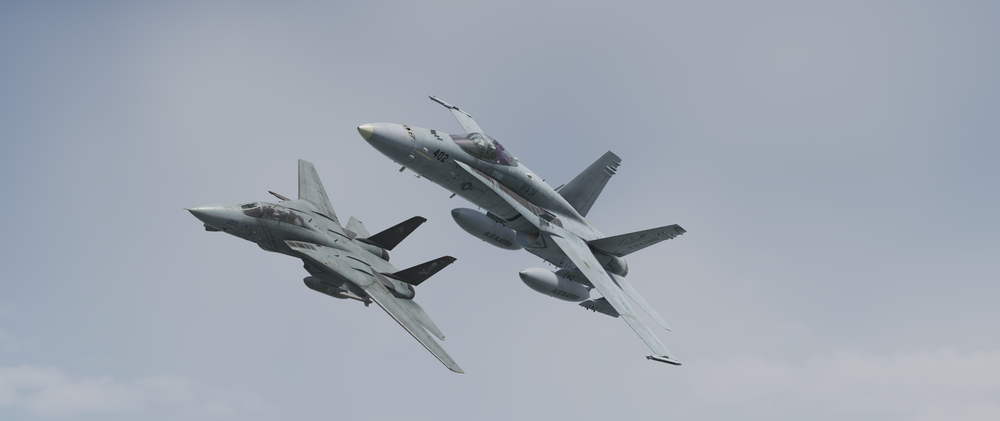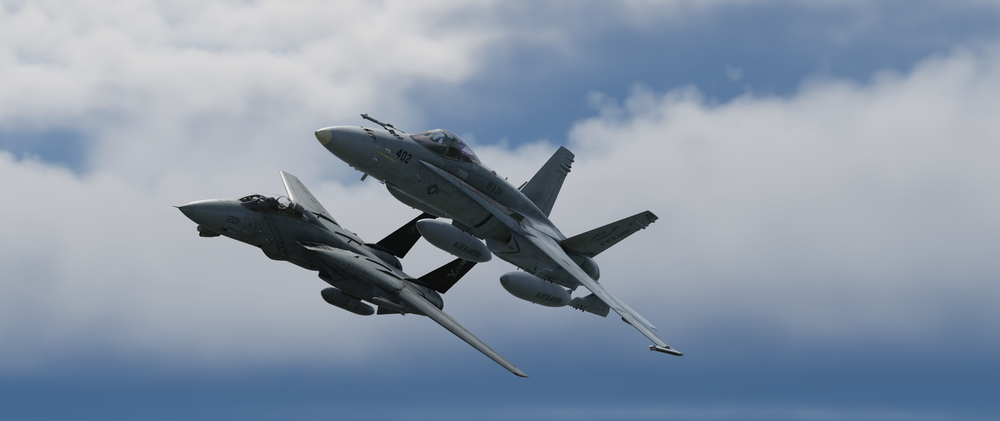Leaderboard
Popular Content
Showing content with the highest reputation on 04/27/2022 in Posts
-
To best understand it you need to understand how and why the turbo does what it does. At it's core it's an air compressor driven by the high energy exhaust gases - that's it. So why do you need it? As altitude increases air density decreases - ergo the oxygen content decreases. You need that oxygen to burn the fuel. Without the turbo you'd see the power of your engine, the Manifold Pressure (aka "Boost" in RAF aircraft, "AtA" in Luftwaffe) steadily decrease, even with the throttle fixed in place as you ascend. We use the turbocharger to compensate for this effect by compressing the air and providing a greater concentration of oxygen molecules for the air fuel mixture being provided to the cylinders. How best to use this? The simplest version to exemplar this operation would be a full power climb from take-off. I don't have the official numbers but lets just use generic terms; so we are at take-off RPM on the prop lever (usually fully forward) and we advance the throttle to give us take-off power - again, usually fully forward. In this case we are at low altitude and we can reach that MP without engaging the turbo so boost is at zero (fully aft). SIde-note: (there are reasons to actually use the boost lever to give you additional oomph at low alt but we'll discuss that later as it doesn't serve our example here.) You clean up, generally reduce RPM slightly to climb RPM, and maybe reduce the throttle to not work the engine quite so hard. You also close your cowl flaps to reduce drag and then, if not already there or faster, wait till you reach your optimum climb speed then pull up to the best climb angle. For the first several thousand of feet you won't notice much drop in MP (air pressure doesn't drop linearly with increase in altitude). However as you approach the 8,000-10,000ft mark you'll start to see the MP starting to fade despite you making no change to your throttle position. To maintain the MP you'll have to increase the throttle. At some point you'll get high enough where you have no more throttle to give! She'll be firewalled but you have the MP dropping and no way to maintain it.... this is called the Critical Altitude and can vary slightly from day to day as it is dependent on outside ambient air pressure; this changes with climate, weather and geographical locations. But wait! You have a turbo! This is what it's designed for! Crucial point: Your Manifold Pressure control now transfers from the Throttle to the Turbo control. You now "ignore" the throttle and increase the MP by advancing the Turbo (boost) lever instead. There's a little lag so do so gradually to avoid overshooting the desired MP. Essentially, your MP control has become a two stage affair; the Throttle lever controls 0-X% and the boost from X-100%, with the "X" varying depending on altitude. You can apply Turbo below Critical Altitude to provide emergency boosts for combat or short-field or heavily-laden take-offs, but there are time restrictions to this as you are overworking the engine. Gotchas: closing the throttle whilst leaving the Turbo lever fully forward is bad. Don't do it. In combat with potentially large throttle excursions, link the boost and throttle levers to prevent this occurring. Hope this helps. EDIT: Just found these on the Il-2 Forum... they need fact-checking... Cruise -32" @ 2325 RPM Max Continuous -42" @ 2550 RPM Military -52" @ 2700 RPM WEP -64" @ 2700 RPM1 point
-
1 point



